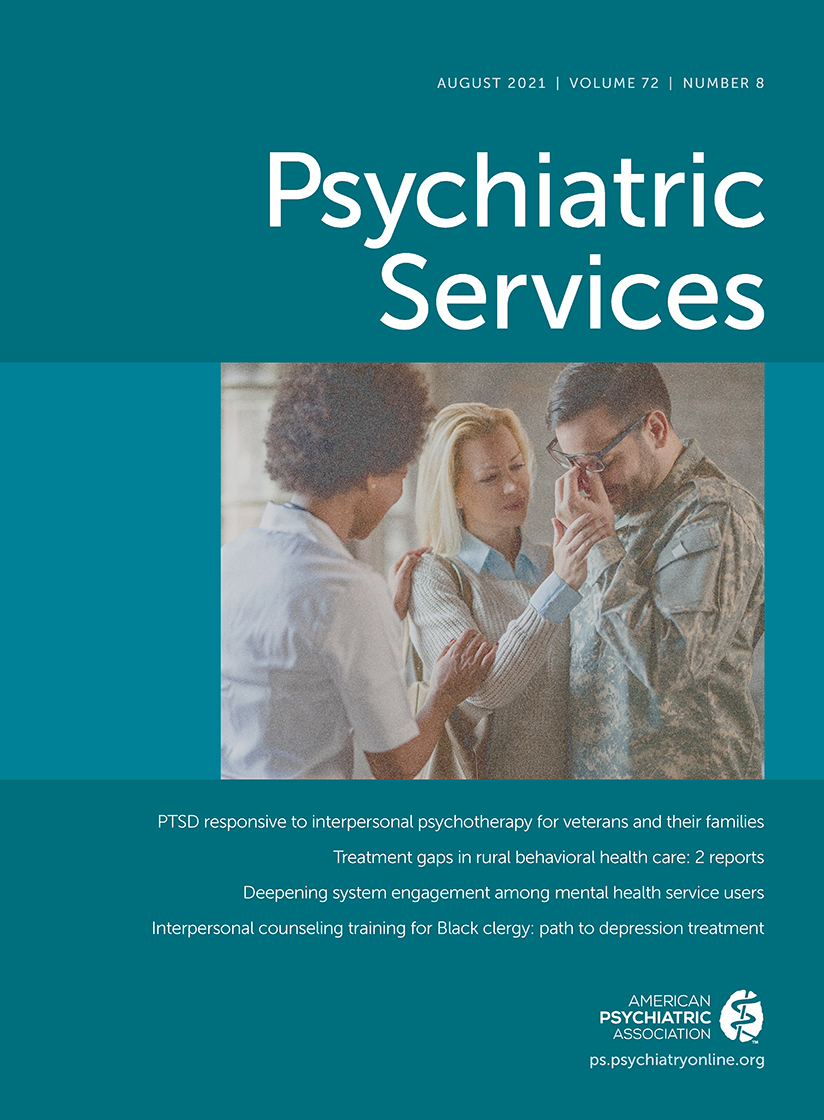Barriers to Integrated Medication-Assisted Treatment for Rural Patients With Co-occurring Disorders: The Gap in Managing Addiction
Abstract
Objective:
Guidelines for treatment of opioid use disorder stipulate for mental health assessment and the option for treatment alongside medication for opioid use disorder (MOUD). Yet efforts to expand MOUD treatment capacity have focused on expanding the workforce of buprenorphine providers. This article aims to describe the processes facilitating and impeding integrated care for rural patients with co-occurring opioid use disorder and mental health conditions.
Methods:
Qualitative interviews were conducted with primary care and specialty providers (N=26) involved in integrated care through the state’s hub-and-spoke system and with system-level stakeholders (N=16) responsible for expanding access to MOUD in rural California.
Results:
Rural primary care providers struggled to offer adequate mental health resources to patients with co-occurring conditions because of personnel shortages and inadequate availability of telehealth. Efforts to intensify care through referral to county mental health systems and private community providers were thwarted by access barriers. The bifurcated nature of treatment systems resulted in inadequate training in integrated care and the deprioritization of mental health in patient evaluations.
Conclusions:
Significant system-level barriers undermine the implementation of integrated MOUD in rural areas, potentially increasing the suffering of residents with co-occurring conditions and intensifying burnout among providers.



